Hi there, pet lovers! 🐾
Capybaras (Hydrochoerus hydrochaeris) are the world’s largest rodents and have captured the hearts of many with their gentle personalities, quirky behaviors, and internet fame. While most commonly found in the wild across South America, capybaras are becoming increasingly popular as exotic pets in some parts of the world. However, keeping a capybara is very different from owning a dog, cat, or even a smaller exotic pet. They require space, companionship, water, and special care that not every household can provide.
In this comprehensive review, we’ll cover everything about capybaras: their personality, living requirements, costs, and whether they can truly fit into a domestic setting. If you’ve ever wondered what it’s like to live with this giant, water-loving rodent, this guide will give you the full picture.
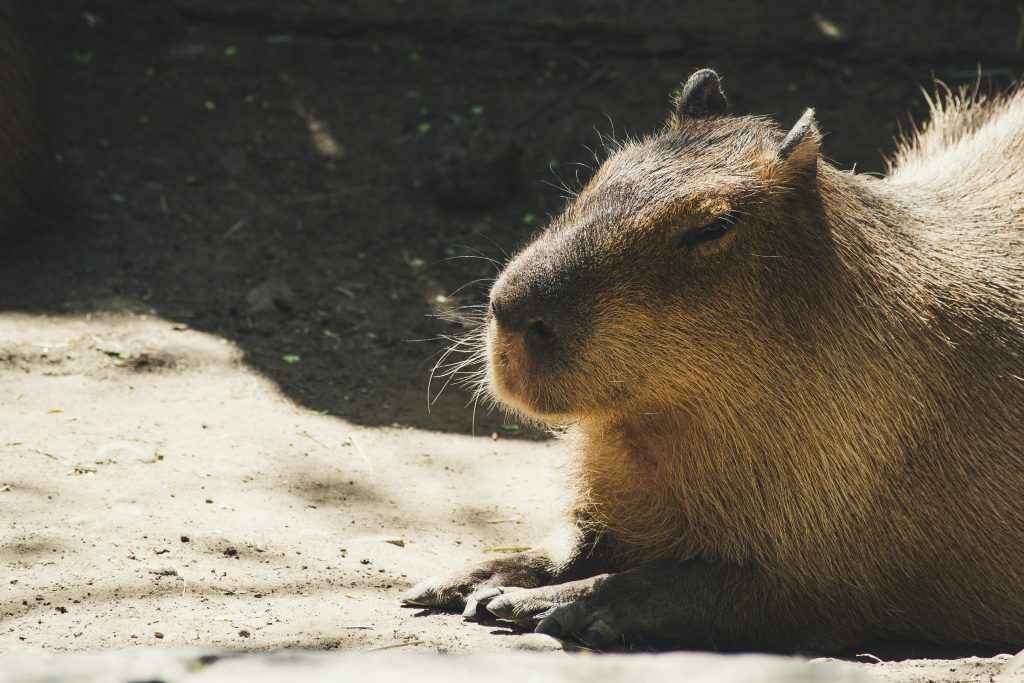
Overview
Capybaras are giant, semi-aquatic rodents native to South America. They are known for their social nature, love of water, and surprisingly gentle personalities. They can weigh anywhere from 77 to 150 pounds and live 8–12 years in captivity.
Here’s a quick summary of what makes them stand out:
- Handling and Temperament: Calm, gentle, and highly social, but require companionship (either from other capybaras or constant human presence).
- Care and Maintenance: High-maintenance compared to traditional pets; need a large outdoor enclosure and access to water.
- Health and Durability: Hardy animals when cared for properly but prone to stress and dental issues.
- Availability: Rare and regulated; often only available through exotic breeders or permits.
- Cost: Very expensive to buy and maintain.
- Overall: Capybaras can be wonderful companions for dedicated and prepared owners but are not suitable for everyone.
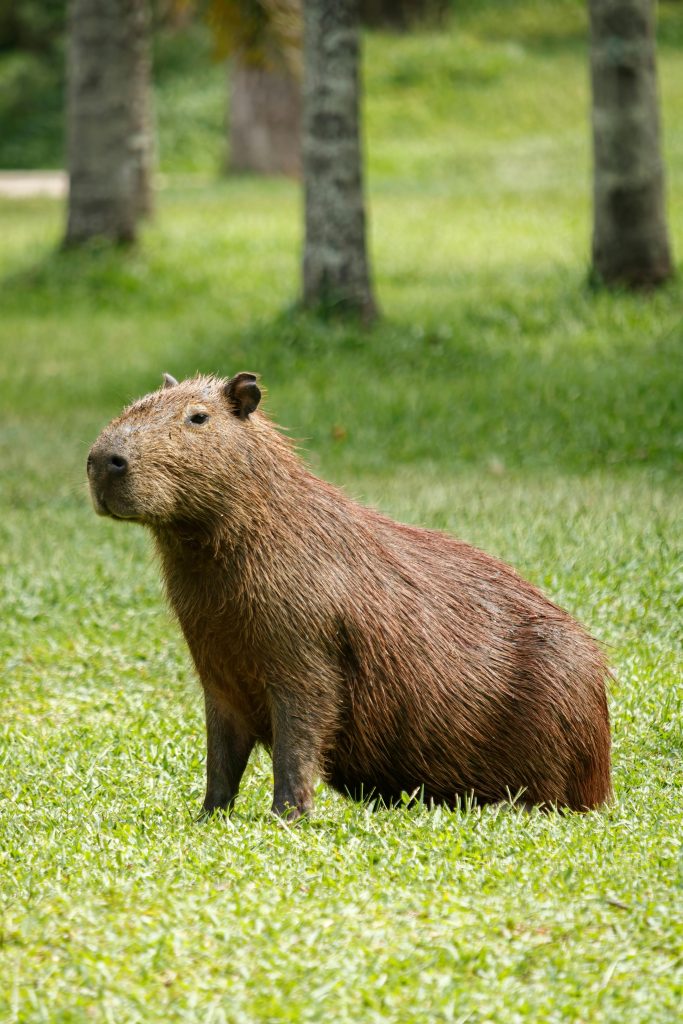
Why Choose a Capybara?
Capybaras are often described as gentle giants of the rodent world. Their calm nature and tendency to form close bonds with humans and other animals make them appealing. They are intelligent, affectionate, and can even be trained to follow simple commands.
However, capybaras are herd animals that thrive in groups of 10–20 in the wild. This means they do poorly in isolation. Owners who cannot provide a second capybara or devote significant time to companionship may find these animals stressed and unhappy.
Their charm lies not only in their friendliness but also in their unique lifestyle. They spend hours lounging in water, grazing on grass, and socializing. For the right household with space and resources, they can be rewarding companions.
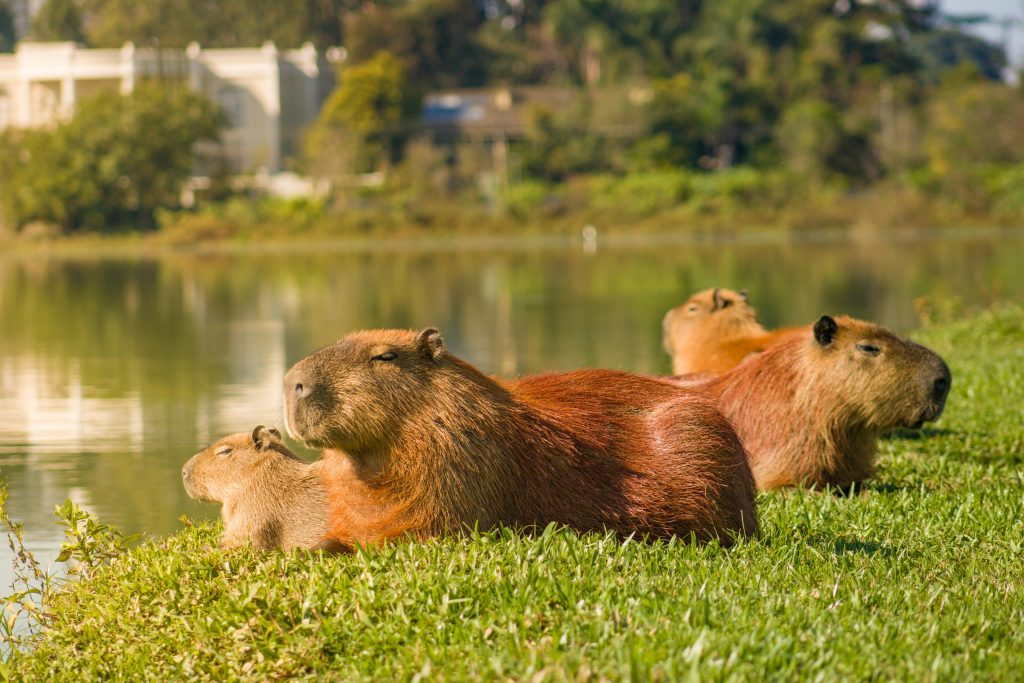
Handling and Temperament
Capybaras are known for their calm and even-tempered personalities. They rarely show aggression and often enjoy gentle interaction. Unlike some exotic pets, they can bond deeply with their owners.
Personality Traits
- Highly social and affectionate when properly socialized.
- Thrive in groups and dislike being alone.
- Adaptable to living with other animals like dogs, cats, and even birds (though introductions must be supervised).
Handling Tips
- Handle them gently; while they rarely bite, they may nip if startled or stressed.
- Avoid keeping them indoors full-time—capybaras need outdoor space and water to express natural behaviors.
- Children should only interact with them under supervision, as capybaras are large and can unintentionally knock over small kids.
Biting and Behavior
Capybaras have large, sharp teeth used for chewing vegetation. Although they are not aggressive, they may nip during play or if they feel threatened. These bites can be painful, so respectful handling is essential.

Care and Maintenance
Caring for a capybara is a serious commitment. They are semi-aquatic herd animals, meaning they need water access, outdoor space, and companionship. Their care requirements are more demanding than most pets.
Enclosure Setup
- Space: A large outdoor enclosure is mandatory. Experts recommend at least 12 by 20 feet per animal, though larger is always better.
- Fencing: Strong fencing at least 4 feet tall is needed, as capybaras are strong and can push through weak barriers.
- Water Access: A pond or pool is essential, as capybaras spend several hours daily swimming, cooling off, and grooming in water.
- Shelter: Provide shaded areas, grass for grazing, and a dry shelter for sleeping and protection from the elements.
Diet
Capybaras are strict herbivores and need a diet rich in fiber.
- Primary Diet: Fresh grasses and hay (Timothy, Orchard, or Bermuda grass).
- Supplements: High-quality rodent pellets or guinea pig food enriched with Vitamin C.
- Vegetables: Occasional treats like carrots, squash, or leafy greens.
- Water: Fresh drinking water must be available at all times.
Capybaras have continuously growing teeth, so chewing fibrous foods is essential to prevent overgrowth.
Companionship
Because capybaras are herd animals, keeping at least two together is recommended. A single capybara without companionship often becomes stressed, lonely, and unhealthy.
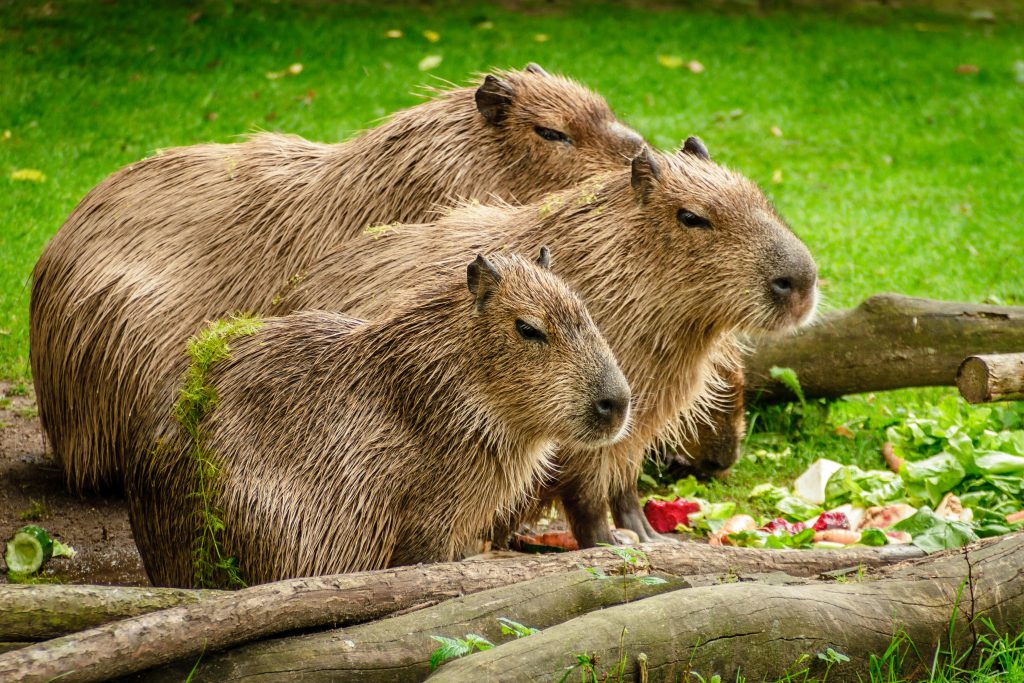
Health and Durability
Capybaras are generally hardy, but their unique needs can pose challenges.
Common Health Issues
- Dental Problems: Teeth can overgrow if they lack enough fibrous food.
- Stress-Related Illness: Isolation or inadequate environments can lead to stress and illness.
- Parasites: Outdoor living increases the risk of ticks, fleas, and intestinal parasites.
- Skin Issues: Without regular access to water, capybaras may develop dry skin or overheating problems.
Preventative Care
- Provide constant access to swimming water.
- Maintain a high-fiber diet.
- Regular veterinary check-ups with an exotic animal specialist.
- Ensure they live in a pair or group.
With proper care, capybaras live an average of 8–12 years, though some can reach 14 years in captivity.
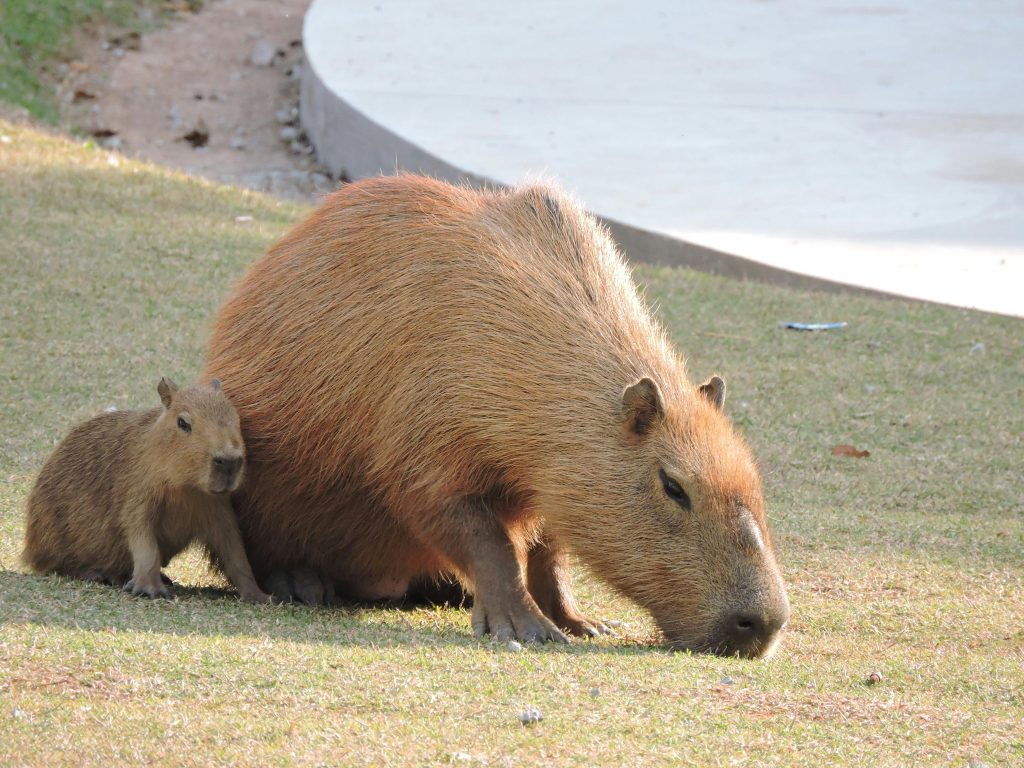
Availability and Cost
Capybaras are not commonly available pets. In many countries and U.S. states, owning one requires a special permit. They can typically only be obtained from exotic breeders.
Where to Buy
- Licensed Breeders: The most reliable source, ensuring healthy and legally acquired animals.
- Exotic Animal Auctions: Sometimes available, but quality and legality vary.
- Sanctuaries/Rescues: Rarely, capybaras may be rehomed through rescues.
Cost
- Purchase Price: Typically $1,000–$3,500 per capybara.
- Setup Cost: Building a suitable enclosure with fencing, a pond or pool, and shelter can range from $2,000–$10,000+ depending on size and quality.
- Ongoing Care: Monthly costs for food, bedding, and maintenance average $100–$200. Veterinary bills are additional and can be expensive due to their exotic status.
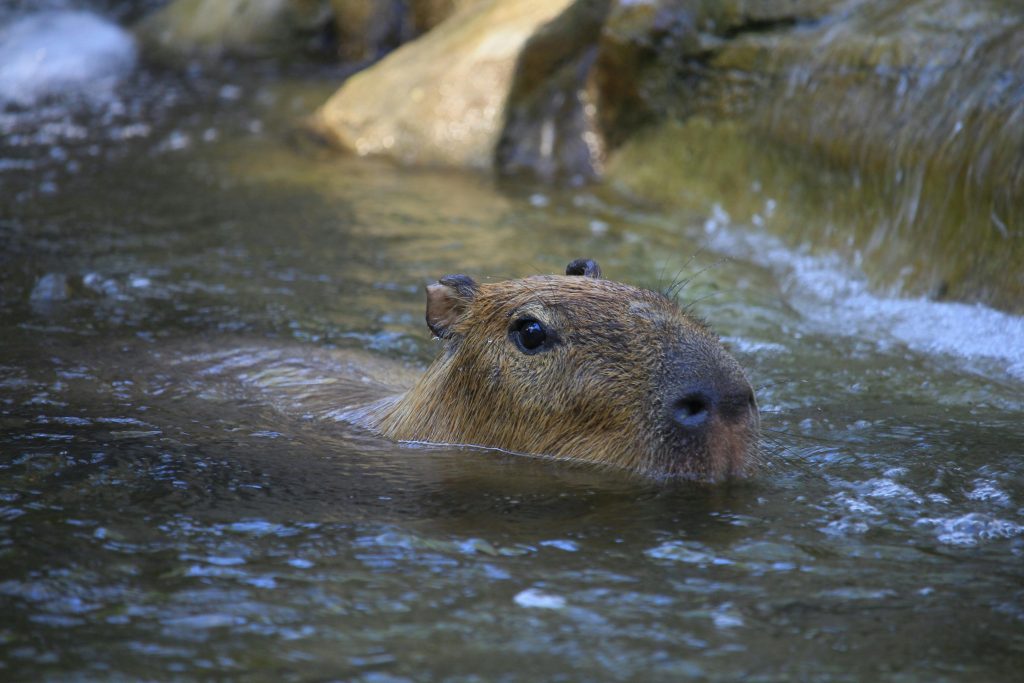
Pros and Cons
Pros
- Gentle and affectionate with proper socialization.
- Unique and fascinating animals.
- Can bond closely with humans and other animals.
- Relatively hardy when cared for correctly.
Cons
- Require large outdoor enclosures and swimming water.
- Very expensive to purchase and maintain.
- Social needs make it essential to keep more than one.
- Illegal or restricted in many areas.
- Veterinary care can be hard to find and costly.
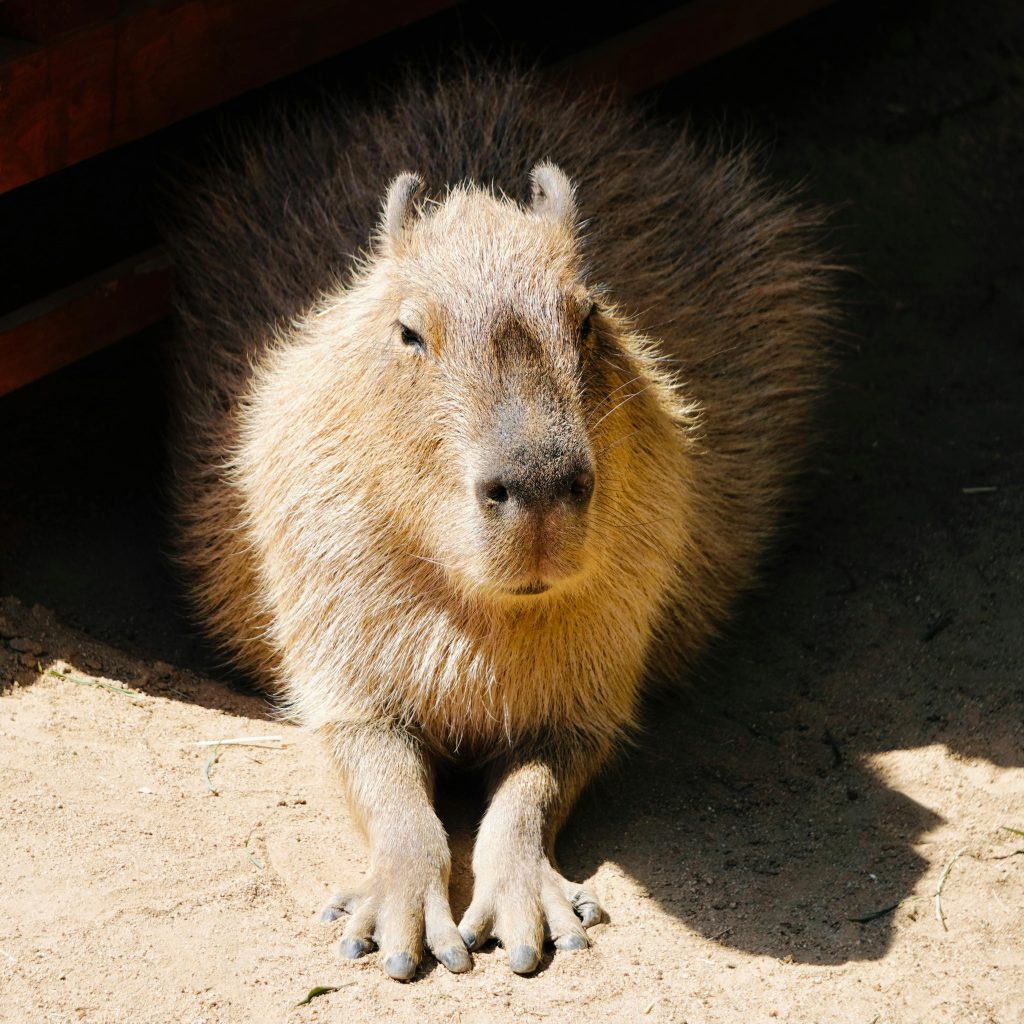
Final Thoughts
Capybaras are amazing animals, but they are not pets for everyone. Their large size, social needs, and specialized care requirements mean only the most prepared and dedicated owners should consider them.
For households with the space, budget, and commitment to provide a capybara-friendly environment, these gentle giants can be loyal, affectionate companions. Watching them graze, swim, and interact is both relaxing and rewarding.
However, for most pet owners, capybaras are better admired at sanctuaries, zoos, or in the wild rather than in a backyard. Always research local laws and regulations before considering ownership, and remember: their happiness depends on their environment and companionship.
Have you encountered a capybara before? Share your experience in the comments—we’d love to hear your story!
For more exotic pet reviews and care guides, stay tuned to our blog and subscribe to our newsletter. 🐾

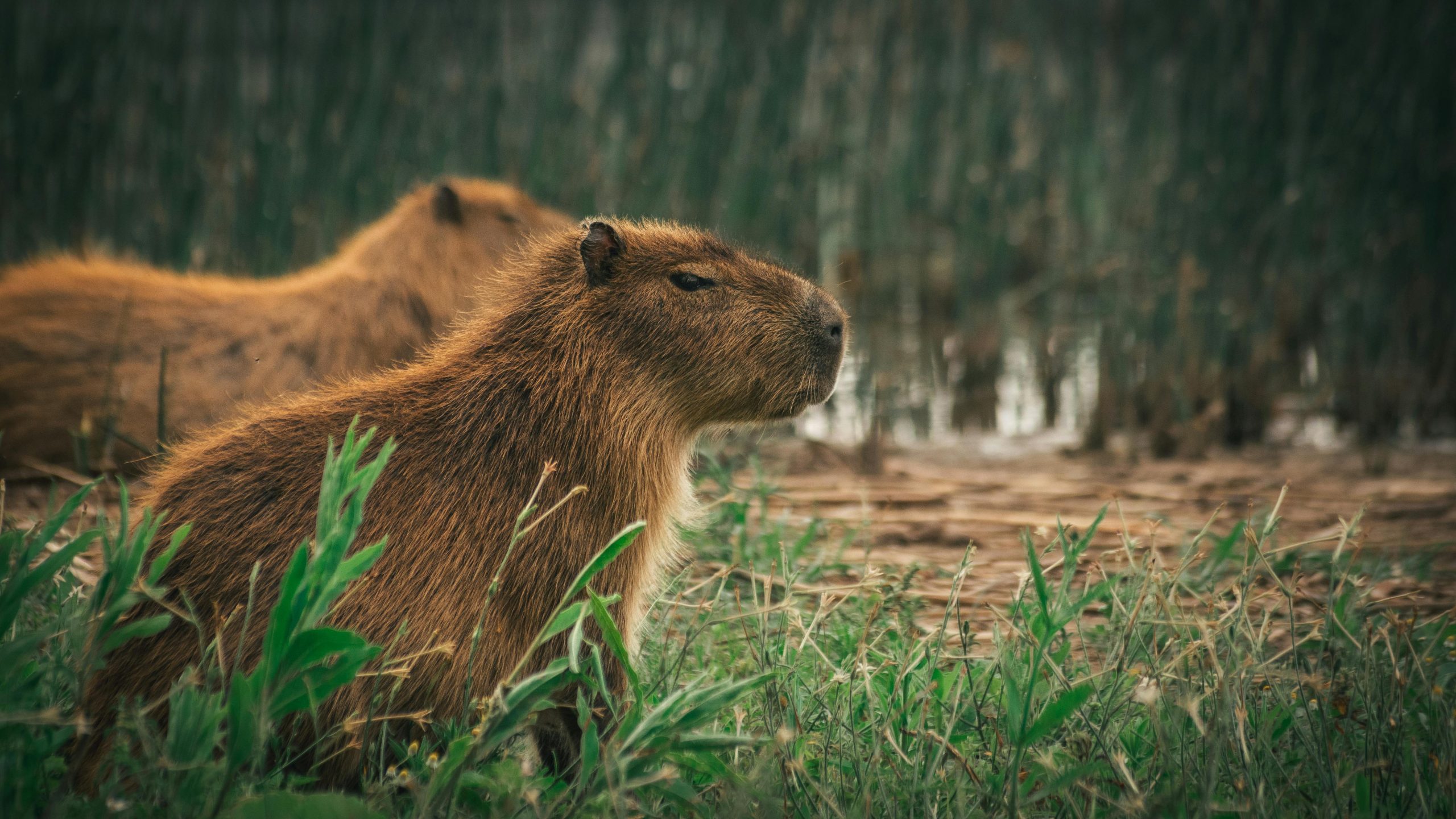

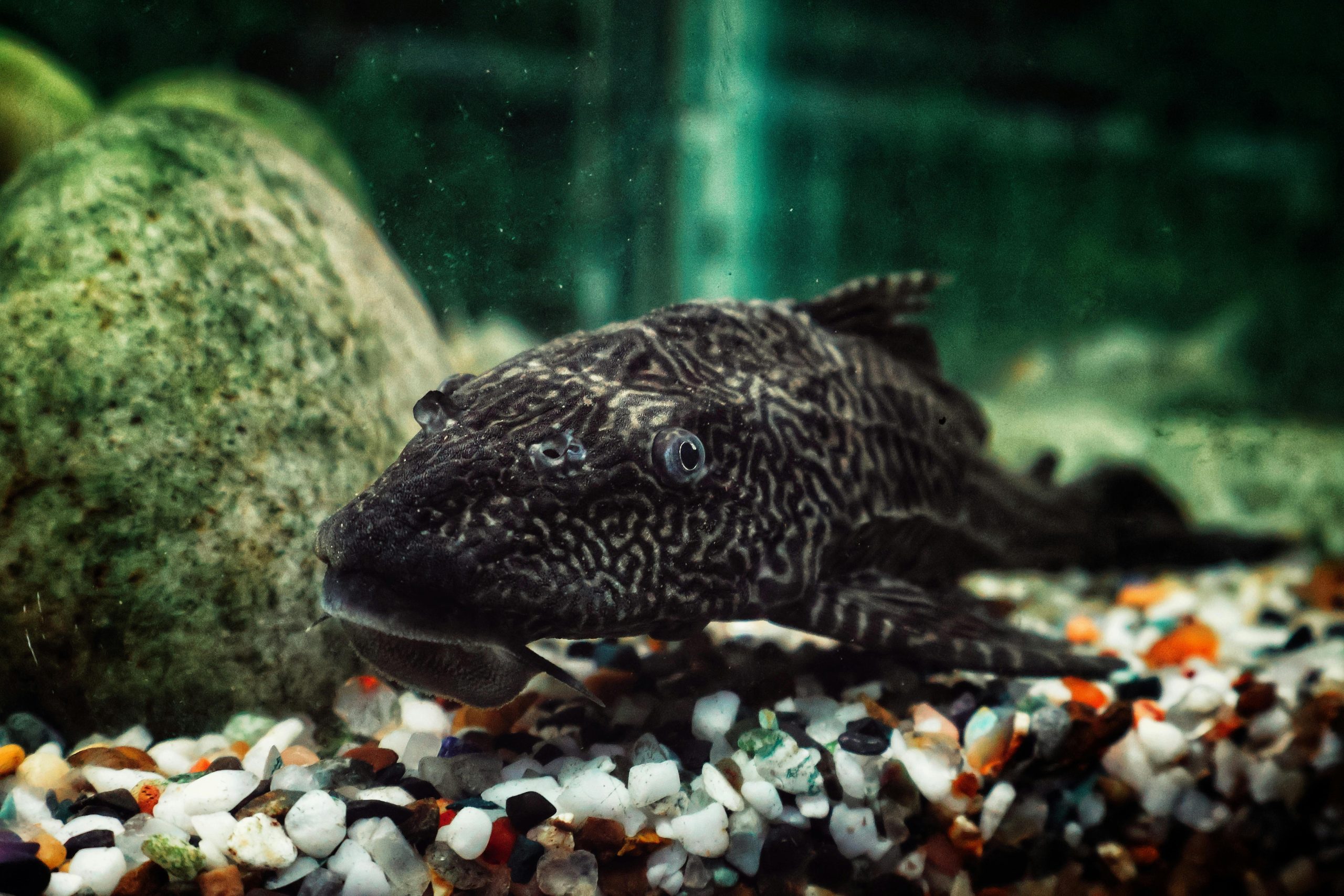

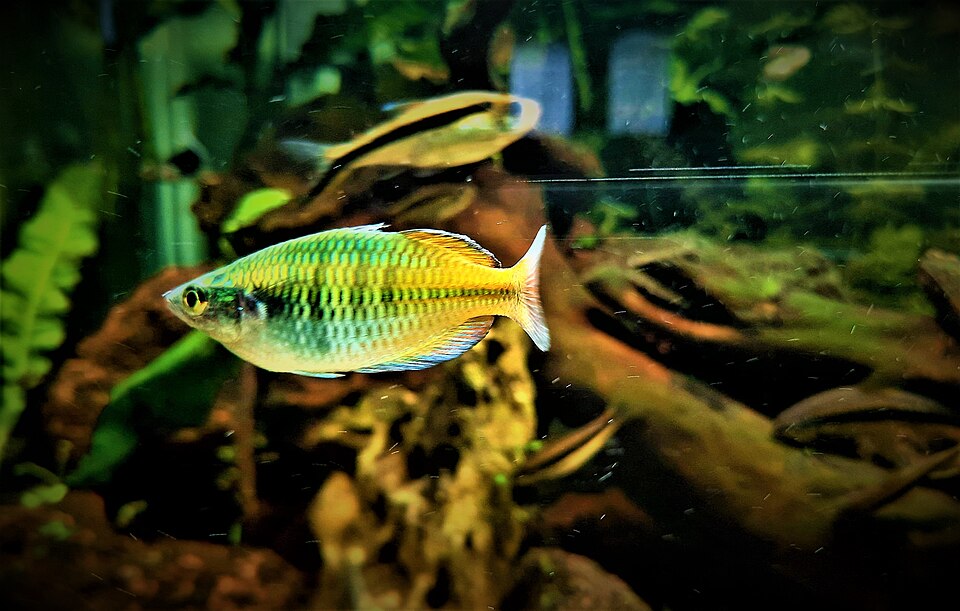
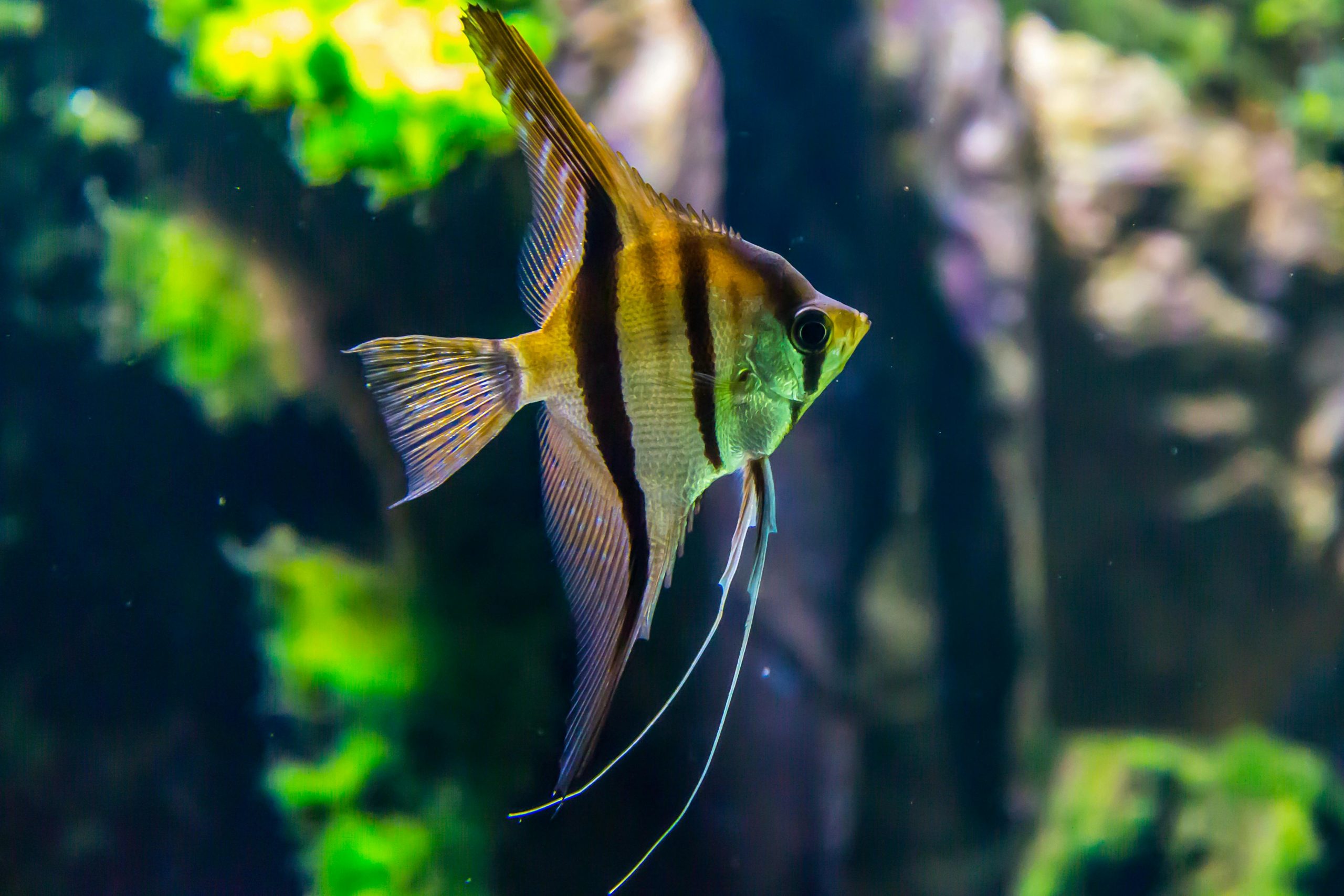
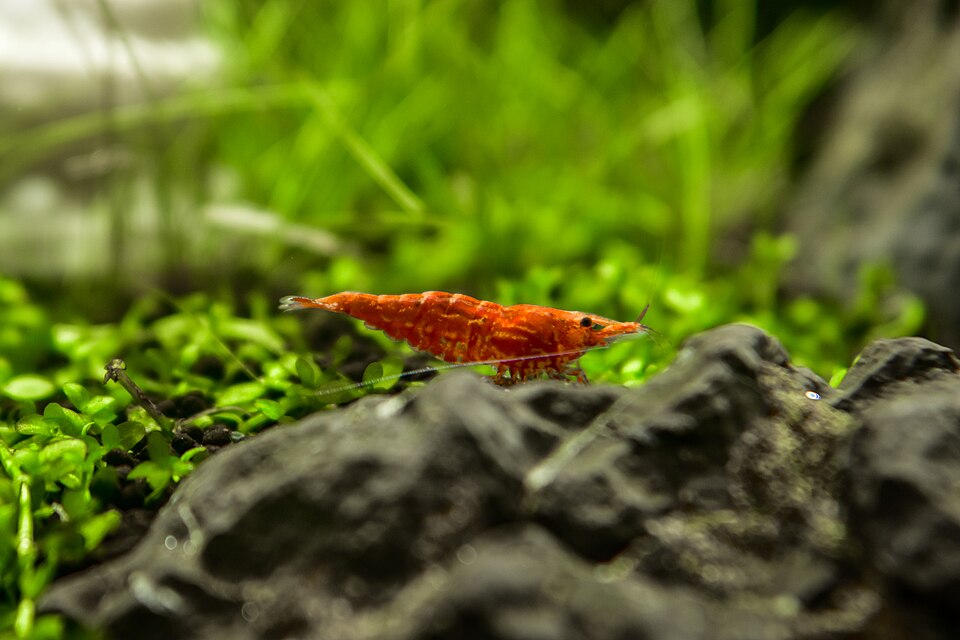
Leave a Reply